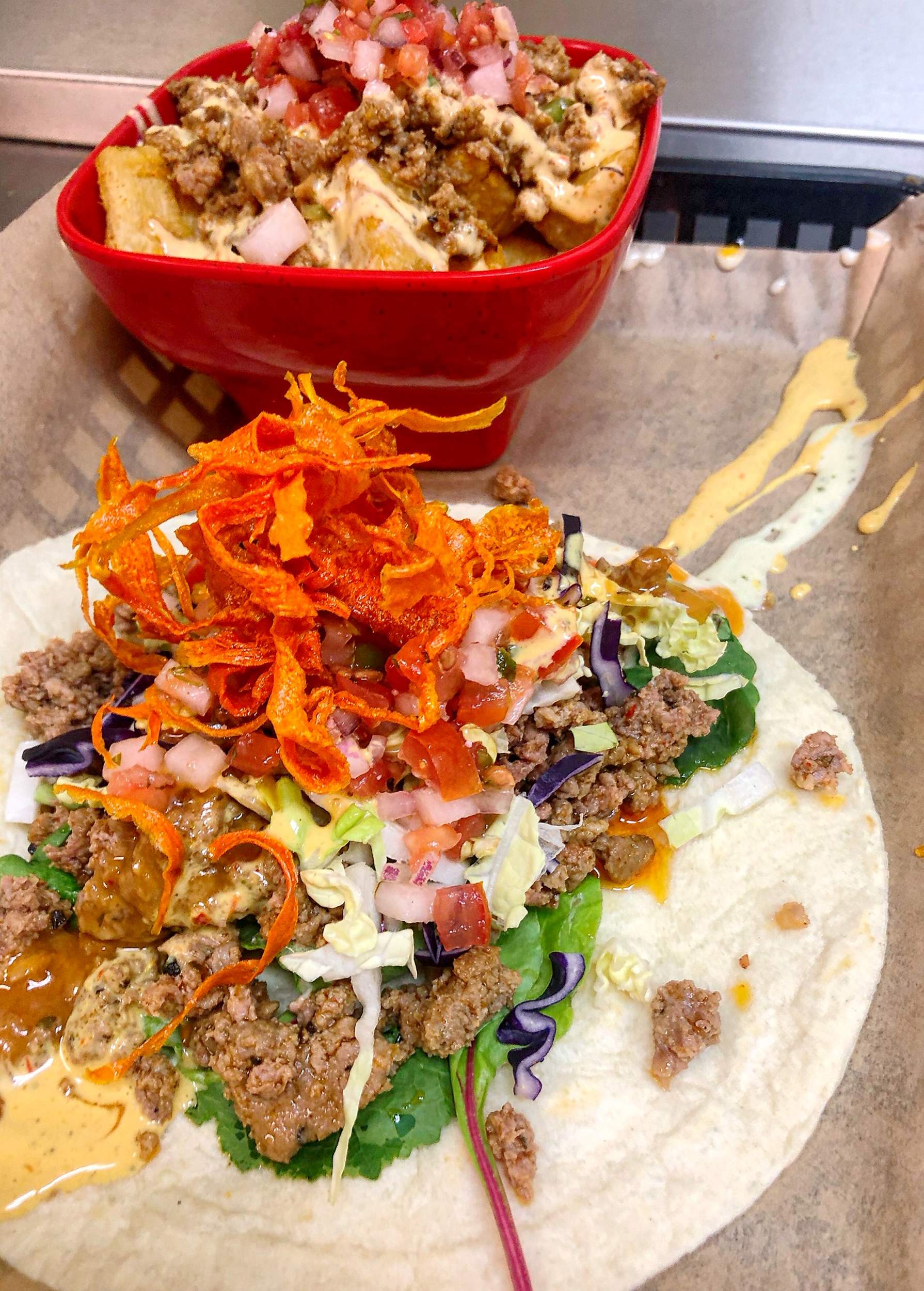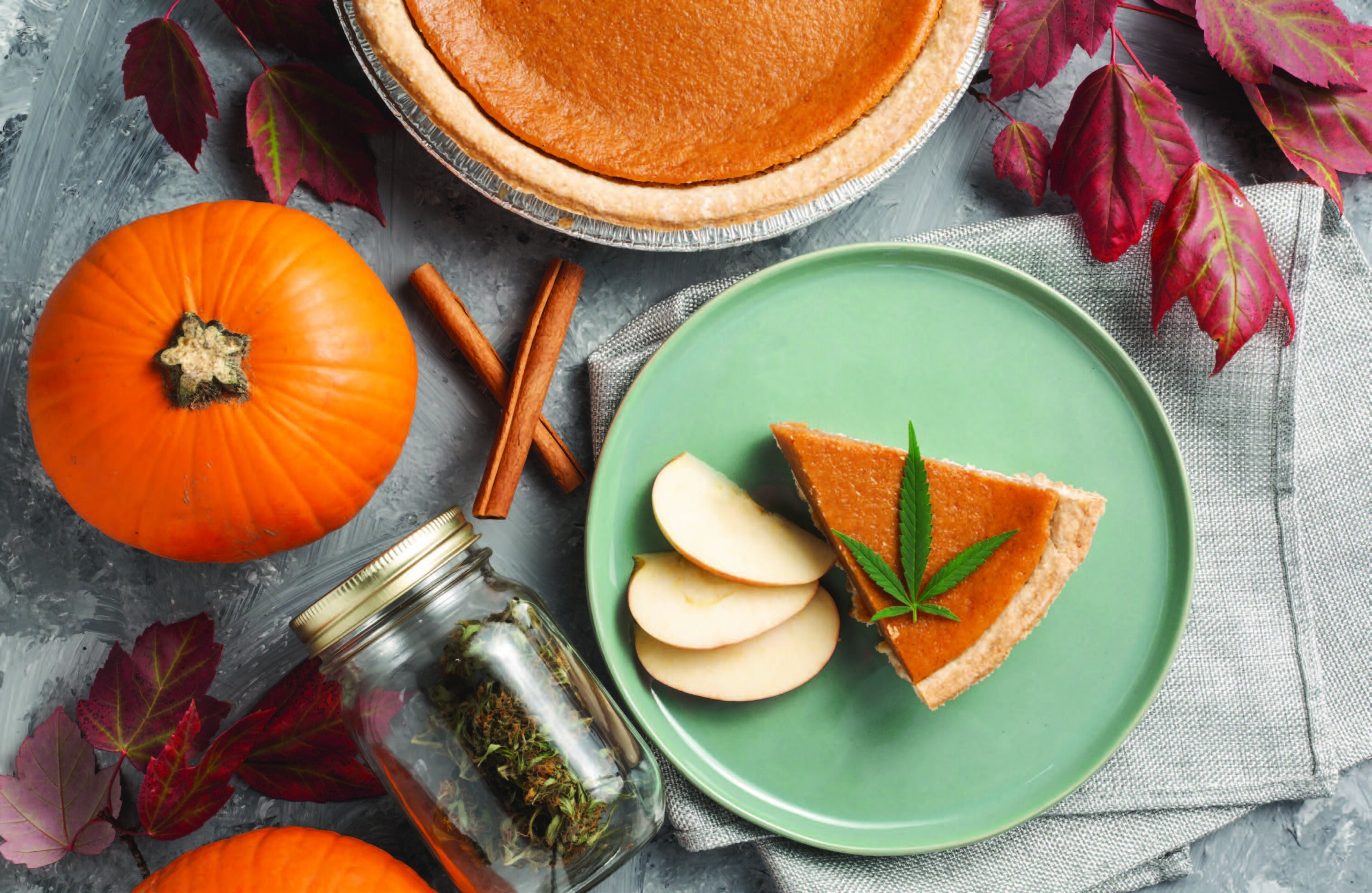To a beginner, wine can look like a high-end drink with a barrel-full of vocab and rituals. Reds? Whites? Swirling before sipping? Geezus H., do I need to wear a suit or gown for this?
Slow down, though. You don’t have to understand the entire world of wine to enjoy a Shiraz. There are posh aspects to wine, but don’t pysch yourself out. There are plenty of affordable brands and more than a few friendly faces to help you along the way, like Dean Fagner, owner of Four Leaves Winery, and Max, Four Leaves’ gloriously tiny, absolutely adorable guard dog.
“The best wine in the world is the one that you enjoy,” said Fagner. “Don’t let people sway you or say, ‘Oh, you should only enjoy this.’ Everybody’s tastes are different.” So! Trust your taste buds, don’t get freaked out, and let’s get to learning the basics.
The typesHella popular red winesCabernet Sauvignon [cab er nay saw vee nyon]: Deep flavors of dark cherry, baking spices, and vanilla with a savory finish.
Malbec [mall-bek]: An inky red with ripe berry and herbal notes and a smoky finish
Merlot [mer loh]: Smooth dark raspberry, chocolately, and tobacco flavors with a soft finish
Fagner says: “Red wines are a little heavier, a little bolder. During the winter and fall, red wines tend to be more popular. They’re a little more full-bodied and warming.”
Hella popular white wines Chardonnay [shar doh nay]: Buttery, oaky, pear flavors with a dry, crisp finish
Pinot Grigio [pee noh GREE joe]: Faint honey and lemon citrus notes with a dry, mineral finish
Sauvignon Blanc [soh-vee-nyawn blahn]: Green apple to white peach flavors with a dry, tart finish
Fagner says: “Typically, white wines are most common in the summer because white wines, traditionally, are chilled.”
Fruit winesFruit wines are a more desert-centric beverage that can have complexity but are mostly known for being lushly sweet. Any fruit, not just grapes, can be turned into wine. Common varieties include cherry, peach, blackberry, and plum wine.
Fagner says: “One of my staff refers to (fruit wines) as ‘porch pounders.’ [Laughs] They’re very refreshing.”
How to taste wineYou can swig away, but why not expand your experience by taking a hot sec to examine what you’re drinking? The basics to wine sippin’ are: Look, swirl, smell, and taste.
“You hold it to the light and look at it. If it is a white wine, it should be nice and clear. There can be variations in the color, like amber, but you shouldn’t have impurities in your white wine or cloudiness. You hold up your red, and if you see some cloud or haze, that’s not necessarily a bad thing,” said Fagner. Red wines are known to contain more sediment, so that haze is OK.
Next, “You swirl it, look at it, and you’re looking for pleasing your senses. Red wines, you swirl to oxygenate – you don’t need to do that with white wines.” This will help release the aroma.
“When you smell the wine, you’re trying to see if it is a pleasant experience. Smell is part of taste.” Older wines will have subtler bouquets than younger wines.
Finally, take a sip, but don’t immediately swallow. Roll it across your tongue and mouth first. “When you try a wine for the first time, don’t base your decision (if you like it) on that first taste. The second or third taste will give you a true indication of body, flavors, and if you will like it or not.”
Common wine vocab
Blend: Two or more grape varieties mixed after separate fermentation. For example: Bordeaux [bawr-doh] is a mix of Cabernet Sauvignon and Merlot.
Body: The weight on one’s palate. Common descriptors are light, medium, and full-bodied.
Bouquet: What a wine smells like
Decant: Pouring wine from the bottle to another container so it separates from sediment and oxygenates (breathes)
Heady: Descriptor for high-alcohol wines. An average wine is about 12 percent ABV. A heady wine is near 20 percent ABV.
Nose: Same as bouquet
Oaky: Woody aromas and flavors
Tannins: Found in skins and pits of grapes, tannins are astringent and provide wine structure. Over time, tannins die off, making wine less harsh.
Vintage: A particular year of harvest in the wine biz
Tips from Dean“Think of wine as a living, breathing thing that can change. The bottle you didn’t enjoy last night may be your best friend the next day.”
“People can have adverse reactions to wine and sometimes they’re not sure what the cause is. More often than not, what people are reacting to are the sulfates and preservatives in the wine, especially mass production wine, high in preservatives. They protect the wine during the aging process and during distribution through temperature changes. For us here, we don’t age wine for a long period of time and we don’t distribute, so we use the bare minimum of sulfates or preservatives.”
“White wines typically won’t age. If you get a bottle of fruit wine or sweet wine as a gift, go ahead and enjoy it, don’t save it for a special occasion. You only run the risk of it going bad. Red wines, on the other hand, if you get one for your birthday and want to save it for a year or two, you should be fine doing that.”
Food pairing roundThe general rule for wine and food pairing is, “White wines, white meat,” said Fagner, “red wines, red meat. Again, I personally throw all that out the window. If you don’t like white wines and you want to have a glass of red wine with fish, go for it. Wine is meant to be enjoyed.”
We looked into the freezer-burned and moldy depths of the DGO refrigerator and asked for the best wine pairings for the food we found.
A week-old walnut, spinach, and gorgonzola salad: “A dry Riesling [“Reese-ling”] – a lighter one, not an oaked wine, a lighter white.”
Leftover cheese pizza: “A Malbec, but also I have to do a plug for our Tempranillo [tem prah NEE yoh]. It’s a Spanish grape and it is probably our top-selling red. When it comes to red wines, I drink Tempranillo with everything.”
Chinese leftovers: “Viognier [vee-oh-n’yey]. It’s a French grape similar to a Sauvignon Blanc that is the lightest of our dry whites.”
Fishsticks: “I might go with a Chardonnay [shar doh nay]. Bring the oak element to it.”
Random cheese in that one drawer: “That’s where fruit wines can come into play. They’re very refreshing. They’re not something that I drink with a meal, but fruit wines before a meal with cheese are really refreshing, and then after the meal, as well, with desserts.”













